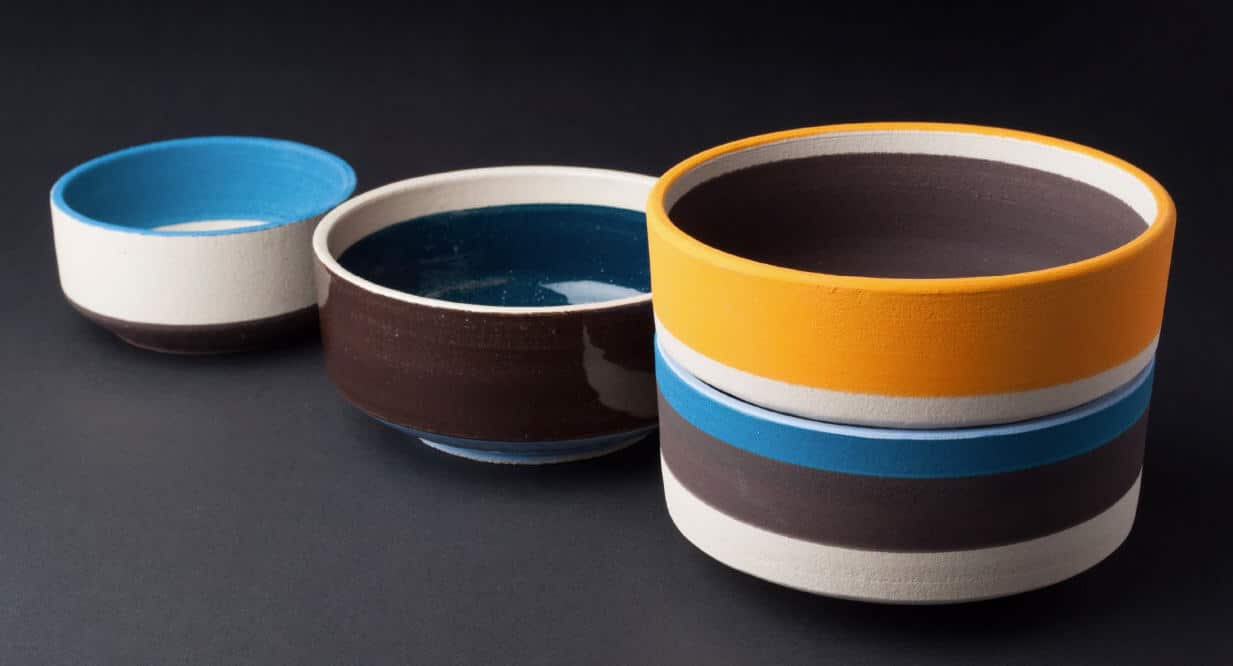The leading culinary figure and founder of design studio Kitchen Theory, chef Youssef speaks to ArchiExpo e-Magazine about how the combination of good design, space and designer tableware all play a big part in creating a total multisensory gastronomic dining experience.
February 2020—This year’s Ambiente in Frankfurt, Germany, featured Chef Jozef Youssef as one of the celebrity guest speakers at the HoReCa Academy Hall. ArchiExpo e-Magazine caught up with Youssef after he wrapped up his session at the forum, where he spoke about exploring the psychological and sensory relationship with flavor through multisensory gastronomy and the role that good design and atmosphere plays in this new dining concept.
ArchiExpo E-Magazine: What inspirational design trends did you find at the Ambiente 2020 event in terms of promoting multisensory gastronomy?
Youssef: As expected, Ambiente 2020 was full of inspiring trends, because of my work and research in the field of sensory experiences I was particularly interested to see how this is coming through in the work of designers such as William Welch, his range of leaf-shaped utensils at Studio William are so emotive and engaging on a sensory level. I was also fascinated with Maham Anjum whose handcrafted ceramics are not only beautiful aesthetically but also contribute to the narrative and story of the dishes they are used with.
Watch a video of Studio William on Designer Cutlery to Enhance Your Dining Experience.
Images: Kitchen Theory customers and chefs at work, copyright John Scott Blackwell. All other images: courtesy of Kitchen Theory.
ArchiExpo E-Magazine: How do you create a multisensory gastronomic experience? How do you choose the ceramics, the design for the plating and table setting?
Youssef: Good design of a dining experience is imperative. Our process starts with a focus on all the sensory touch points associated with our experience. We look at each step of the diner’s journey and how we can make the experience more sensorily engaging. Each dish we create is based on an interesting piece of research or project we have worked on with a scientific or artistic collaborator, this tells the story. We then design the sensory elements to accompany the dish, such as projections on to the table, soundscapes, lighting, aromas and of course tableware. The most important point is that this is about great food, that is the focal point. All the additional sensory elements should never distract from this, they are there to draw the diner’s attention deeper into the flavor experience of the food itself.

ArchiExpo E-Magazine: Do architecture and surrounding space play a part in the multisensory dining experience that you create?
Youssef: Undoubtedly the space in which we dine is going to impact both our enjoyment and the congruency of the experience. Ambiance and atmosphere can make or break a dining experience or at least our enjoyment of it. The more authentic the relationship between the space and the food served within it, the more enjoyable the experience is likely to be. A well-designed space takes diners on a journey, like a menu it should be sensorily stimulating, exciting, a little daring and offer a meaningful, well-thought-out experience.
ArchiExpo E-Magazine: Have you done some multi-sensory dining experience that supported sustainable options?
Youssef: Over the years we have worked on several projects highlighting sustainability, specifically future foods—ingredients that are generally considered to be highly sustainable. Jellyfish is one such ingredient, it is possibly one of the most sustainable seafood available, and for a few years now we have been researching interesting ways of using this on our menus. In February 2019, Professor Charles Spence from Oxford University and I published a paper on this.
ArchiExpo E-Magazine: You did a survey entitled “Investing in designer crockery pays off: a study evaluating the perceived value of a dish in correlation with the price of the plate”. What was the outcome?
Youssef: This was a very interesting piece of research because it highlighted just how important tableware is in relation to the perceived experience and value a diner would assign to a plate of food. The research confirmed that in general, participants would pay more for the exact same food if it is plated on designer crockery and that they would find the dish more appetizing!
See Chef Youssef’s report here.
ArchiExpo E-Magazine: Where do you see multisensory gastronomy in the next 5 years?
Youssef: It is said we are living in an experience economy and it is clear to see how diners are looking for more engaging, sharable and immersive dining experiences. Eating is one of the most multisensory experiences we as humans engage in, so it is high up on the list of activities people want to have fun with. Right now, this is more apparent in fine dining and even places like the Rainforest Café, but I expect to see more mid-range/casual dining restaurants, as well as hotels, move towards making their food offerings more experiential. So rather than just serving great food, they will strive to serve a great experience.












